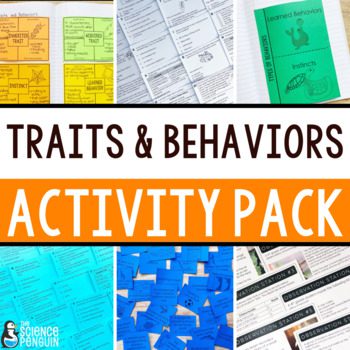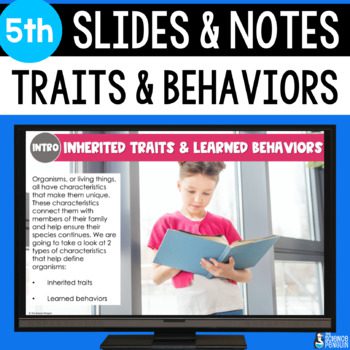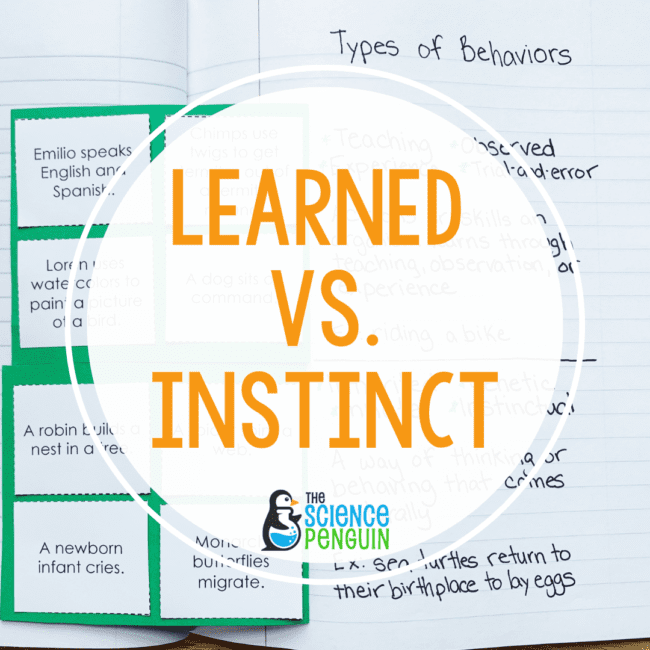
Are your students struggling with knowing if animal behaviors are instincts vs. learned behaviors? Look no further with these tips to get your students confident with this life science concept!
Instincts are innate behaviors that are hardwired into an animal’s biology and do not require learning or experience. Here are some examples of instincts:
- Mating behaviors: Many animals have instinctual mating behaviors, such as courtship rituals and territorial behaviors, that help them attract a mate and reproduce.
- Parenting behaviors: Many animals have instinctual parenting behaviors, such as nest-building and caretaking, that help them protect and care for their young.
- Foraging behaviors: Many animals have instinctual foraging behaviors, such as searching for food and gathering resources, that help them find the resources they need to survive.
-
Social behaviors: Many animals have instinctual social behaviors, such as communication and group dynamics, that help them interact with others in their species.
Many common animal behaviors are learned through experience and exposure to their environment. Here are some examples of learned behaviors.
-
Foraging for food: Many animals learn to find and gather food through trial and error, as well as through observing and copying the behavior of other animals.
-
Avoiding predators: Animals may learn to recognize and avoid predators by observing the behavior of other animals or by experiencing negative consequences when they encounter a predator.
- Social behaviors: Many animals learn social behaviors such as how to communicate, cooperate, and form social bonds through interactions with other animals.
-
Tool use: Some animals, such as chimpanzees and certain bird species, learn to use tools to solve problems or obtain food.
Here are 5 of our favoriate activities for teaching about animal behaviors.
🧠 Brainstorm
Begin by probing students to define what behaviors are through an anchor chart or journaling activity.
Once they have a definition, have students either share as a whole group or take time to have them write down behaviors they have done so far for the day since they woke up until this lesson began. Next to each behavior, they will draw a box they will return to later.
You can give some ideas first, such as brushing your teeth, putting on your clothes, walking to the bus, and blinking your eyes to get them started. Allow them to think of creative ideas and share them out loud.
*Once the concept of Instinct and Learned Behaviors solidifies with time, have students return and place letters I or L inside the square boxes.
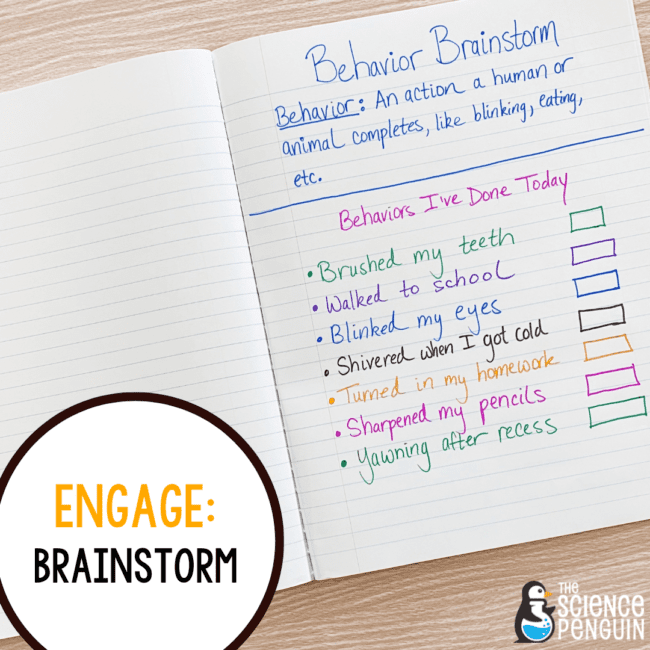
🖼 Gallery Walk
A great activity to get students toward an understanding of distinguishing learned and instinctive behaviors without giving definitions is a gallery walk experience. You can find some great images to print or display through a slideshow using Pixabay.
Pose the questions: What behavior is the image showing? Would this behavior be something they were born knowing to do or something that had to be observed or taught?
Students can walk around with sticky notes and respond as they view the images. Follow up with a discussion to see what discoveries were made and lead to the explanation of the definitions of instinct and learned behaviors. This activity is excellent for discovering misconceptions as well!
Instinct behaviors: born knowing how to do, inherited.
Learned behaviors: taught or learned by experience, not inherited or born with.
*This is a great time to have students loop back to Idea #1 and fill in the squares with I or L for each behavior.
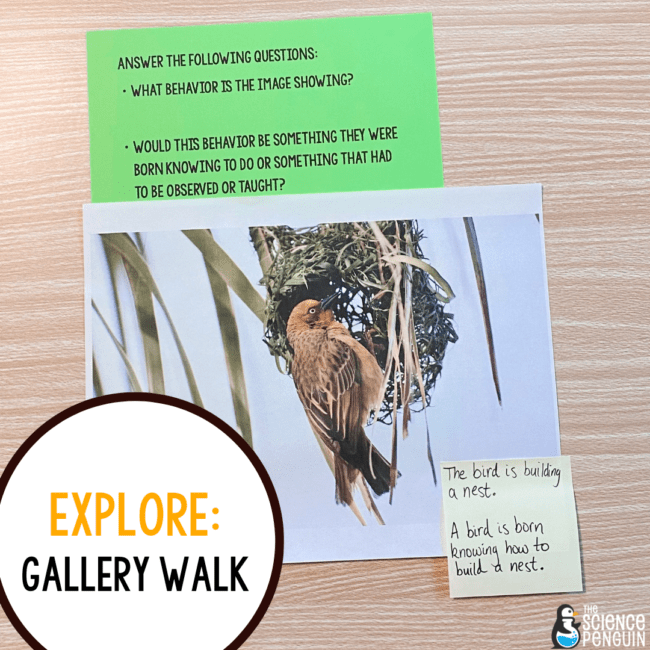
📓 Notebook
Taking notes doesn’t have to be boring, so the Inherited Traits and Learned Behaviors Interactive Science Notebook Activities from our All In One Notebook are here to save the day!
You’ll find templates specifically to cater to just behaviors specifically. These templates are great for bringing hands-on learning and applying their knowledge.
See it on TpT: Inherited Traits and Learned Behaviors Interactive Science Notebook

➡ Flow Chart
Sometimes our students need additional support to get towards mastery of a topic, or we want to push them to make connections on previous content.
- What if your students are still mixing up Instinct and Learned Behaviors?
- Have you already taught about inherited and acquired traits previously and want to elaborate to make other connections?
This flow chart can be an intervention technique to help your students slow down and think about the behaviors in detail. It also provides students with additional scenarios to differentiate between the characteristics. You can find this activity within our Bees Life Science product.
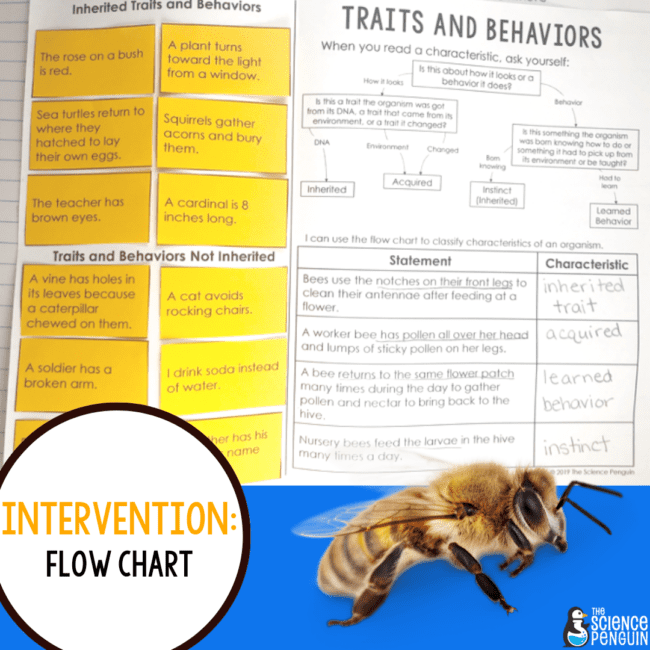
💻 Digital Inquiry
Digital Inquiries provide an extension of learning in a self-paced way. In this activity, students will work independently to collect information from multiple sources, write important notes from the sources that answer the question, and construct a response that includes evidence from their notes.
Check out this resource on Tpt: Crows Digital Inquiry

Access the Free Resource Library
This is an exclusive library of 40+ science printables, labs, activities, and games for grades 3-6. Sign up and check your email for immediate access.

